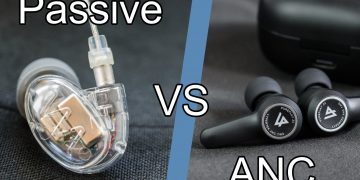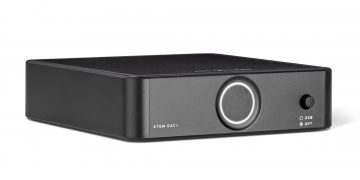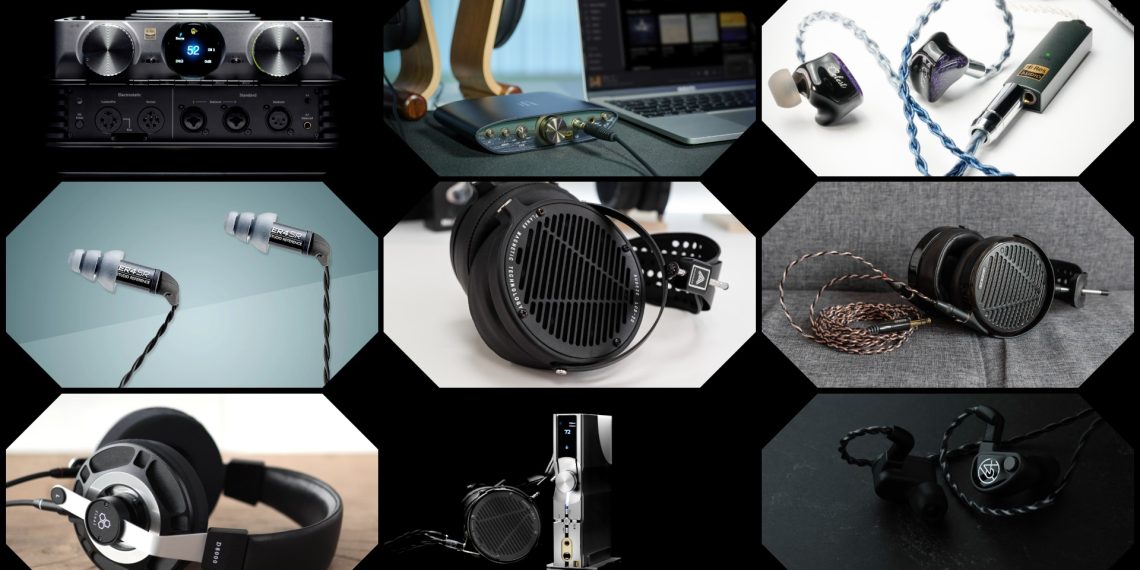In an industry where any extra functionality usually translates into extra sales, it is hardly surprising that headphone manufacturers are falling over themselves to give the customers as many buttoms and as much control as possible when it comes to skipping tracks, altering volume and answering calls. Of course, while this is fine when your handset is specifically listed as being compatible with the headset, there’s a lot of handsets out there now and a lot of headphones with some indeterminate functionality, but what works with what?
To get some kind of idea, we need to look closely at the connections and wiring, also the standards under which these wiring decisions have been made.
CTIA
The oldest standard belongs to the then-called ‘Cellular Telecommunications Industry Association’, now called ‘CTIA – The Wireless Association’. This organisation represents both service providers and manufacturers, providing a framework for discussion regarding standard ways of designing parts and services which makes everybody’s lives easier. Apple uses this standard, for instance.
OMTP
Another standard exists, called OMTP (Open Mobile Terminal Platform). It has been around only since 2004, and was set up by mobile operators to attempt standardisation between handset manufacturers. Sony and Nokia are members, but it looks as if this standard is quietly being dropped.
The difference between these standards lies in the way the individual contacts in the socket and plug are wired to the phone. Both standards include the tip and first ring dealing with ‘L’ and ‘R’ respectively. This way, a normal stereo 3.5mm plug will work in the same socket, whether it be CTIA or OMTP. The difference is in the ‘Mic’ and ‘Ground’ contacts. These are reversed between the two standards and explains the seemingly random functionality between headsets and headphones with mic/controls.
Phones on OMTP include
- old Nokia
- old Samsung
- old Sony Ericsson (’10 & ’11 Xperias)
Phones on CTIA include
- Apple
- HTC
- latest Nokia
- latest Samsung
- latest Sony (2012 on)
- most Android phones
To further muddy the compatibility waters, Apple has built a different way of signalling (sending instructions to the phone) into their remotes and phones.
Where the more universal remotes use differing voltages depending on the button pressed, Apple’s incorporate a ‘dual mode modulator’ which results in a complex ‘chirp’ being sent to the phone. For instance a ‘power on signal’ (where the phone shakes hands with the remote) has the remote sending back a chirp consisting of two bursts of ultrasonic frequency, one immediately following the other. A couple of hundredths of a second at 280kHz, and maybe a few more at 244kHz.
The use of these ‘encoded’ signal can prevent the Apple remote’s functions from working with other manufacturer’s handsets, although from experience it looks as if some makers are widening the goalposts so the remote may have some functionality. My Huawei Ascend P1 LTE will answer a call using an Apple remote, but nothing else will work for example.
Stay tuned, as over the coming weeks we will be collating information as to which remote headphones work with which handsets, and what functionality there is.




 HiFiHeadphones Best Buy list
HiFiHeadphones Best Buy list